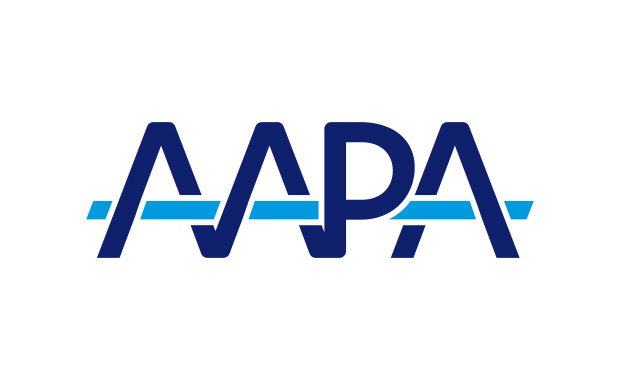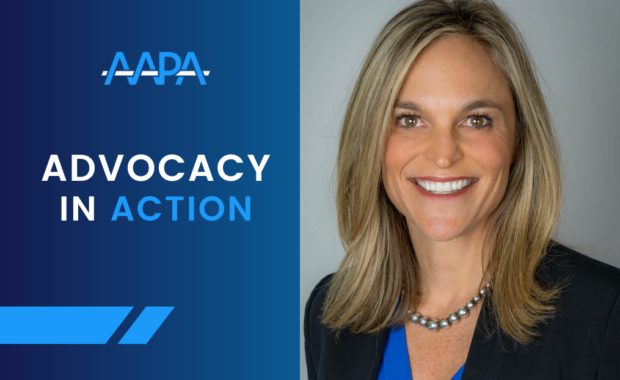PAs are Key to Ortho Urgent Care Model
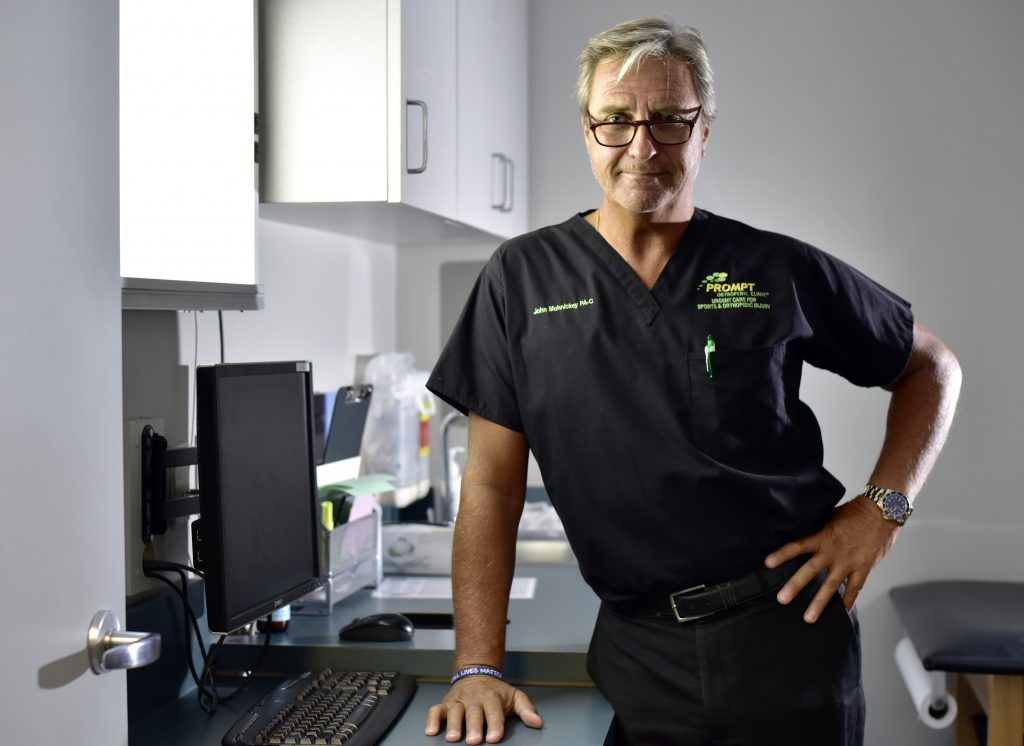
By Steven Lane, MA, MPP
Every weekend, countless high school athletes and weekend warriors twist a knee or ankle and go to an urgent care center or emergency department to have the injury checked out. In many cases, the facility will take an X-ray, splint the joint and tell the patient to make an appointment with an orthopedist as soon as possible, which may be days or even weeks later.
But in some parts of the country there is a better option: an orthopedic urgent care clinic, staffed by experienced PAs. Unlike traditional urgent care centers, these urgent orthopedic access clinics are set up specifically to deal with orthopedic problems— the PAs typically have years of surgical as well as clinical diagnosis and treatment experience in orthopedics. The clinic has the specialized equipment needed to handle almost all problems on the spot. For those requiring surgery, the clinics can use their direct access to the affiliated anchor practice to get patients in to see an orthopedist much sooner. And they cater to weekday patients as well as weekend warriors, of course.
One of the leading proponents of this model is John Mohnickey, a longtime PA entrepreneur who started his first “Prompt Ortho” clinic in 2005. Many of the more than 100 clinics using the Prompt Ortho model operate under a licensing agreement with Mohnickey’s company, Prompt Orthopedic Clinics, LLC. The company has set up about 40 of these clinics directly, and these carry one of the Prompt brands, but Mohnickey has also consulted on more than 80 additional clinics, which adapted the model to their particular needs and may be part of other healthcare systems.
“We help each practice set up the model that is right for them,” Mohnickey says. But what all the clinics have in common is that PAs are central to the practice. “Our model makes the PA the primary provider in the practice,” Mohnickey says. “The PA is the gatekeeper; they will see and treat all the nonsurgical patients.” PAs with experience in orthopedics are ideally suited to this role, according to Mohnickey. “A well seasoned PA understands the surgical side and the primary care aspect of [musculoskeletal care],” he says.
About one in six visits to an urgent care center involve a musculoskeletal injury, according to Mohnickey, and about 70 percent of these will be referred to an orthopaedist. In the orthopaedic urgent care clinics, fewer than 20 percent of patients are referred for potential surgery, 25 percent are referred to physical or occupational therapy and another 18 percent are referred for additional imaging.
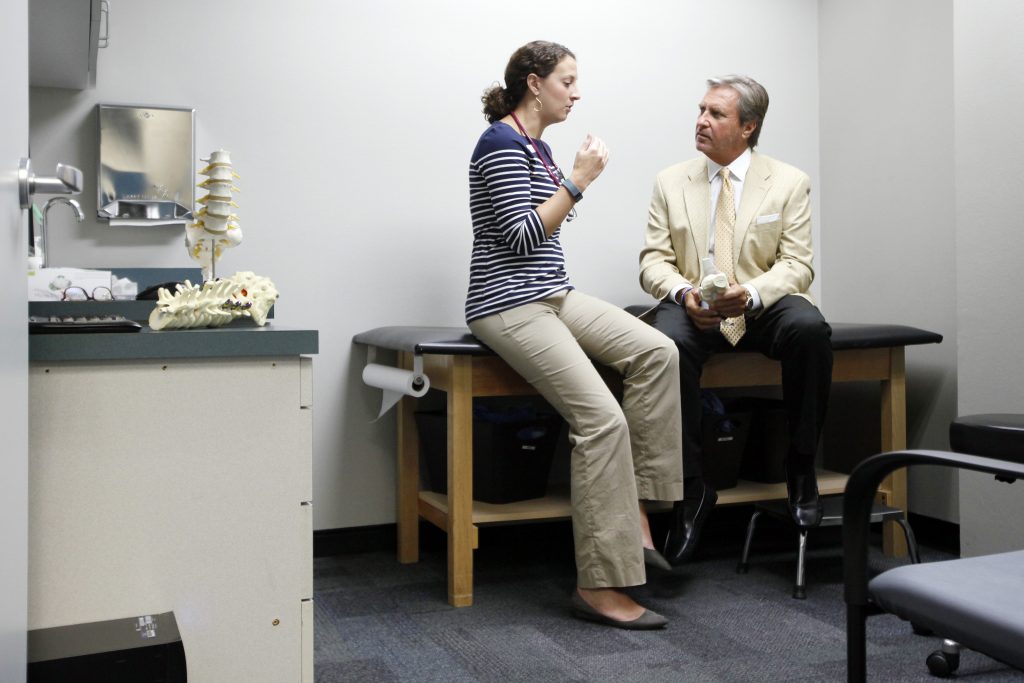
There is a clear need for the clinics, agrees Mike Harvey, a PA who manages five OrthoIndy orthopedic urgent care clinics in the Indianapolis area. “In our area, nobody manages musculoskeletal problems as well as an orthopedic practice,” he says. “But the ortho surgeons should be spending their time seeing surgical cases. And the days when primary care doctors managed orthopedic care are dwindling. So we wanted to create an option for patients to get high quality musculoskeletal care.”
The ortho clinics are set up for specialized orthopedic care in a way that general urgent care centers are not, Harvey notes. “The main thing we offer is the musculoskeletal expertise. If you go to a regular urgent care they will do an X-ray and splint you … sometimes they don’t do the best job with immobilization or have the right crutches or braces on hand. We can do all that, and if they do need to see a surgeon we can expedite getting them and appointment.”
And for the PAs, it is a terrific practice model, Harvey says. “Our autonomy is unbelievable; this is how PAs should be practicing,” he says. “We work off our own schedule. Sometimes the physician is not on site, but one is always available to discuss a patient.” We manage everything that comes in. It’s a unique environment where you have to be able to do a lot of different things.”
Most patients are very happy to see a PA, according to PA Joe Perry, who practices in an orthopaedic urgent care clinic in Amarillo, Texas. “Some patients just want to see the doctor,” he says. “You explain that you can do that, but it will take a while. You can wait to see the surgeon or you can be seen right away by the PA. I’d say 95 percent of patients don’t have a problem with it, and once they talk to me the other 5 percent are happy too.”
The Business of Innovation
Mohnickey has always been a bit of an innovator. After graduating from the Cuyahoga Community College/Cleveland State University PA program in 1988, he went into practice with an orthopaedist at Cleveland Clinic, often working with professional athletes. In those days, MRIs were much less accurate than they are today, and Mohnickey came up with an idea for a way to get a camera into the joint, through an 18-gauge needle. He worked with a physicist at the Massachusetts Institute of Technology to get the equipment small enough to fit through the needle. This device is still used today in office settings. He also developed a poly insert spacer for total knee replacements.
Mohnickey has made a point of learning as much as he could about the business side of things from the physicians he worked with. “I have really worked with some fantastic doctors that have had a lot of business savvy, and I’ve been able to learn from them,” he says.
“I was invited into meetings to learn and encouraged to ask a lot of questions. It really helps when they are candid about how the practice works. Many practices do not really let PAs know what their economic value is to the practice. I have been fortunate to work with great docs willing to share that information.”
And he has made this education count. In addition to increasing access to high quality orthopedic are, the PA staffing model makes the clinics rather profitable, Mohnickey says. In an analysis of billings for the Prompt Ortho clinics compared to the more traditional model of a PA working in clinic with a physician and first assisting in the OR, Mohnickey found that a PA working in his model generated about six times as much in collections as a PA in a traditional practice: a Prompt Ortho
PA collects an average of about $780,000 a year, while a PA in a traditional setting has average annual collections of only about $120,000.
“The important thing is that we are collecting about 65 percent of what PAs bill,” Mohnickey says. “The amounts billed in the two models is not that different but when we bill for the clinical side we are billing more efficiently. Collections are vastly different.”
Having PAs see new patients with new problems, rather than seeing established patients and perhaps assisting the physician in the OR, means that the PA can bill for considerably more than in a more traditional practice. As well, bypassing the “two-visit system,” in which a patient is seen in an urgent care/ER then referred to an ortho specialist, makes the care provided more cost-efficient, and ultimately improves patient satisfaction.
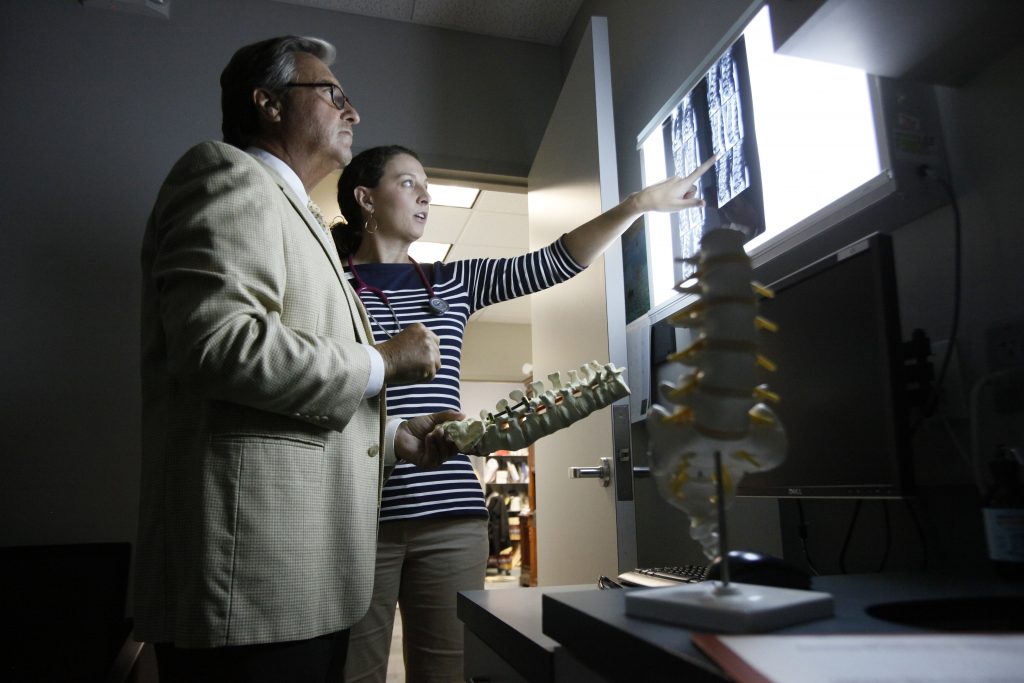
A Leadership Role for PAs
Working in these clinics also gives PAs an opportunity to get more involved in leadership and in the business side of the practice, Mohnickey and Harvey say. “I look at it as being able to make a difference not only for patients but also for the PAs in our organization,” Harvey says. “It’s about time PAs get more into leadership roles. Nurses have been getting MBAs and MHAs for years, and PAs need to as well. Medicine is becoming more of a business.”
Mohnickey also sees the model as exposing patients to PAs who have never seen a PA in the past. “These contacts really elevate the PA profession as a whole,” he says. “Patients can see what a PA’s potential really is. I recently had a call from a woman who had worked with a PA before; she said she would go and see a PA in any field now.”
Mohnickey believes that there are many more PAs out there who just need a nudge to let loose their entrepreneurial sides. “The exciting part of this for me is to share this concept and inspire other PAs that if they have a vision to continue to work on it and really make a change,” Mohnickey says. “If you have some concept that’s been sitting on the back burner I would encourage you to take the next step and make a difference.”
And he sees the culture of the profession changing. “If you talk to PAs trained 20 years ago, they were trained more to be followers rather than leaders,” he notes. “But newer PAs are seeing that their value in the medical community has risen. I am seeing more of us being willing to take that step to be leaders.”
This article was originally published in the October 2016 issue of PA Professional.
You might also like
Thank you for reading AAPA’s News Central
You have 2 articles left this month. Create a free account to read more stories, or become a member for more access to exclusive benefits! Already have an account? Log in.


